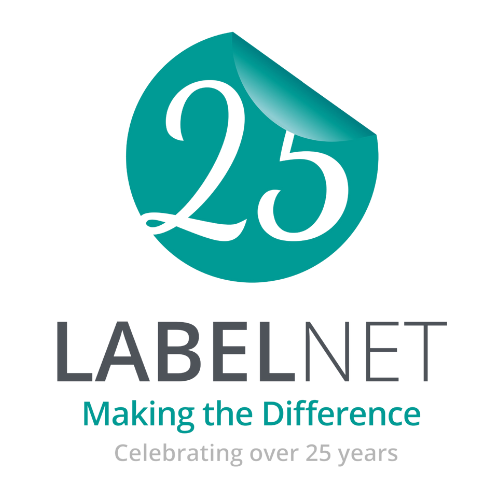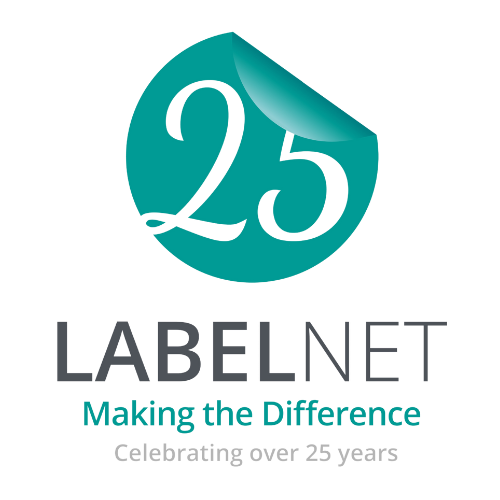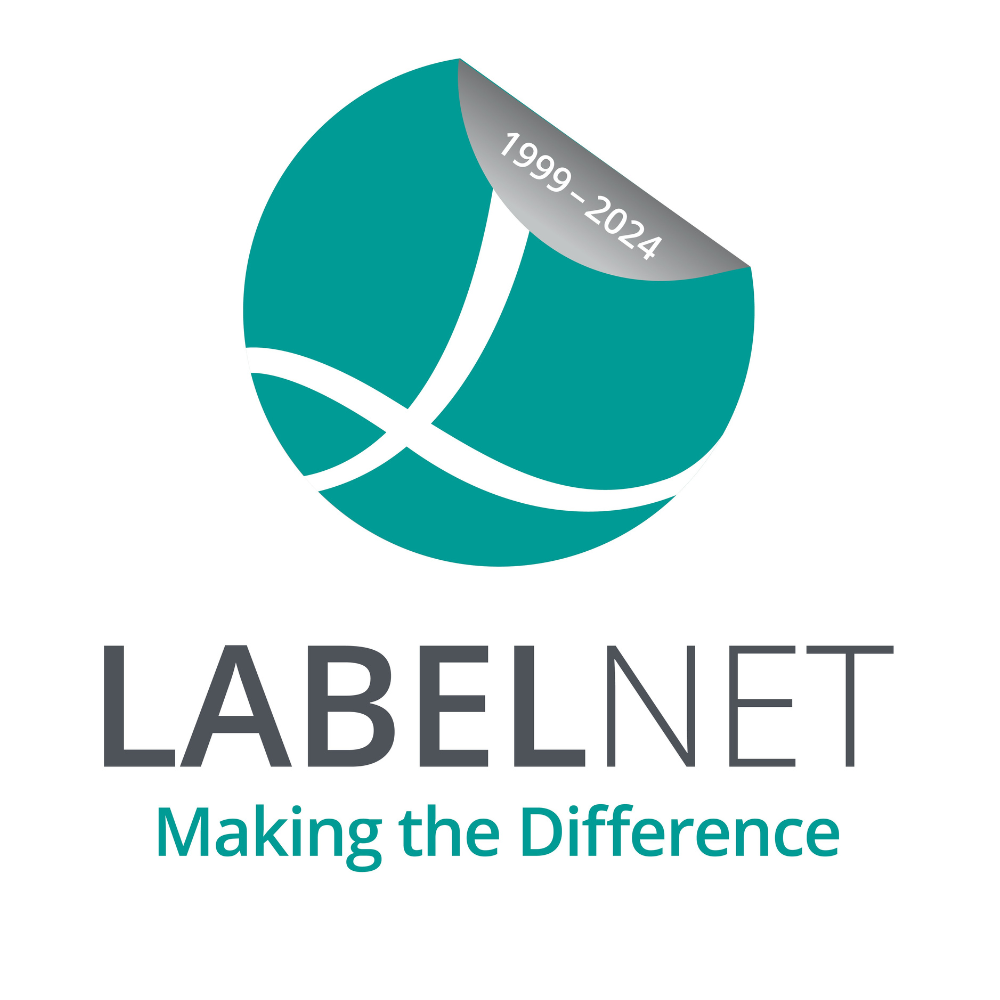
There has been a big rise in the non-alcoholic beverage industry with a record year last year where the market sold over £37m (up 506% compared to 2014) in the UK alone.
From non-alcoholic beer to prosecco (or shall I say nosecco) and gin, every drinks range is offering a non-alcoholic option which is appealing to an audience from all generations, from baby bloomers to millennials, all age groups seem to be taking a change in their drinking habits.
In a more health-conscious world than ever before, it is no surprise that this market is taking off in a big way, with people not wanting to compromise good health with great taste. Now we can have it all.
So, is drinking a non-alcoholic drink healthier for us?
In a word, yes. When it comes to exercising, dieting and trying to get healthy the weekends come along and it is all too easy to pick up that bottle of beer or cold gin and tonic. The issue with alcohol is it is calorific and if you are drinking several units a week, it can all start to add up.
With non-alcoholic drinks the calories tend to be much lower, even in a low alcohol drink such as a 1.2% ABV beer compared to a 5% ABV beer. If we can still taste that cold refreshing beer but with the benefits of it being lower in calories (and no hangover may I add) then surely we are onto a winner.
How is non-alcoholic gin made?
The same classic distillation process is carried out, as it would with full-strength gin. During the process a neutral grain spirit (plain alcohol) is added to a copper still along with a variety of botanicals. Botanicals are a range of different herbs, spices, fruits and flavourings which craft distillers use to produce their unique flavours for their spirits.
The botanicals help to create that ‘gin’ flavour, particularly the juniper, which is legally required to be the dominant flavour of gin. This is what helps the non-alcoholic version taste like the real deal.
The botanicals and the base spirit are heated, making the alcohol vapor separate from the water whilst capturing the flavours of the botanicals. Water is then added to heavily dilute the liquid (this is normally only diluted by half for full-strength gin) bringing the overall alcohol content much, much lower.
Hey presto, this is how most non-alcoholic (or low alcoholic) gin is made with some manufacturers going through multiple rounds of distillation to completely remove all traces of alcohol.


Craft Gin Clubber, Nadine, states: “It’s nice to make yourself a fancy drink in the evening. For me it’s the process of making the drink, adding the ice, cutting up the limes and then having a lovely drink that isn’t just water or squash that you can enjoy like a G&T. It feels like a treat, without any of the alcohol naughtiness!”
Cheers to that!
So next time you are in the supermarket check out the non-alcoholic drinks range and give them a try, you won’t be disappointed! Sip your summer evenings away with a healthier option (some of the time anyway).
You will see these non-alcoholic drinks popping up more and more over the coming months, as well as Kombucha drinks which is another trend in the drinks market but a whole other story. We found a review of some of the tried and tested alcohol-free beverages by home brewer, Richard Davie to give you some ideas.
If you are looking for some labels to launch your new non-alcoholic drinks range then our team can discuss your options of various materials, vibrant colours, foiling options and more to get you started. You can request a free label sample pack by clicking on the button below.




